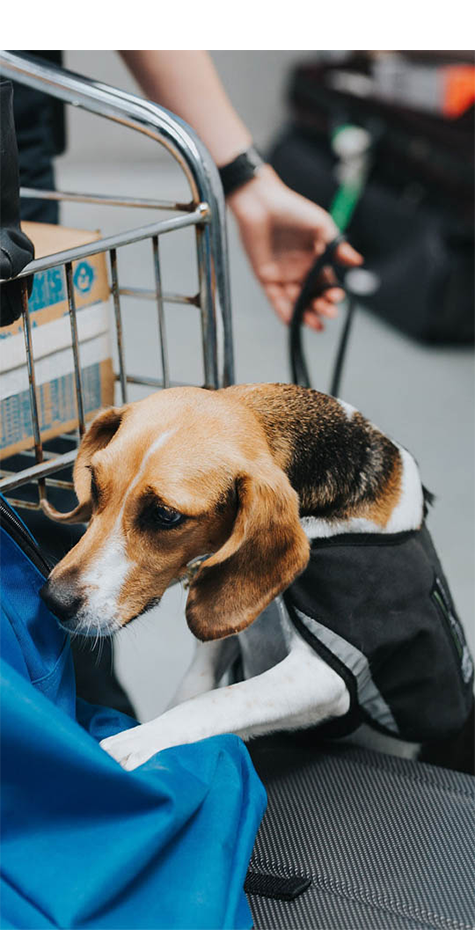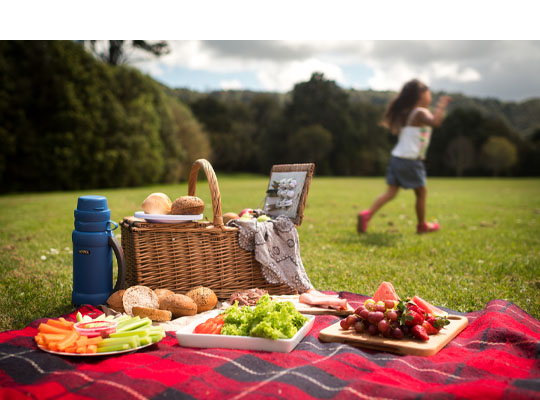Biosecurity in New Zealand
Protecting Aotearoa New Zealand from pests and diseases
Biosecurity helps protect the things we love and our way of life from harmful pests and diseases. From the outdoor environment where we fish, farm, hunt and explore, to the beautiful biodiversity of our ecosystem. And even the food we grow, eat and export.
New Zealand's biosecurity system is strong and multi-layered. It's a large network including businesses, scientists, government agencies community groups and everyday Kiwis. When we all play our part and work together, we can make it even stronger.
We all have a part to play to keep New Zealand safe from pests and diseases.
Mā pango, mā whero, ka oti te mahi. By black and by red the work is done.
New Zealand's biosecurity system
Multiple layers of protection
Biosecurity protects Aotearoa New Zealand from the introduction and spread of harmful pests and diseases.
Biosecurity in New Zealand is multi-layered. It includes:
- Managing risks offshore—such as inspections of cargo at overseas ports
- Developing systems and laws—such as the Biosecurity Act 1993—to manage movement across our borders and ensure we are prepared to respond to unwanted arrivals
- Having strong monitoring and inspection processes at all our entry points including airports, ports and marinas
- Working to prevent the spread of pests and diseases at all levels.
The many layers of our biosecurity system act like a series of protective nets. These layers are connected. Scientific expertise and analysis underpin each layer. Together, they protect New Zealand from pests and diseases.
We have a world-class border system. All incoming goods, passengers, mail and craft are screened at the border. But it's impossible to stop all pests and diseases from entering New Zealand. Unfortunately, things sometimes get through.
It's up to all of us to help eliminate or manage their spread and prevent others from entering.
Our biosecurity system includes a large network of organisations
Biosecurity New Zealand
Biosecurity New Zealand is a business unit within the Ministry for Primary Industries (MPI). It provides overall leadership in biosecurity and manages border and compliance activities. It also prepares for, and responds to biosecurity issues—including managing pests and diseases that are already here.
Iwi and hapū
Iwi and hapū have a fundamental role in our biosecurity system. As tangata whenua and kaitiaki, Māori have a special relationship with ancestral lands, waters, sites, wāhi tapu and taonga. Māori and iwi are also partners with the Crown through te Tiriti o Waitangi.
Iwi and hapū provide a distinct knowledge base, mātauranga and tikanga whakahaere. Kaitiakitanga responsibilities are embedded in kaupapa Māori. It is also informed by mātauranga Māori.
Networks—such as Te Tira Whakamātaki—aim to strengthen kaupapa Māori and mātauranga Māori principles in biosecurity research and responses.
Iwi, hapū, and whanau groups are involved at all levels in a range of important biosecurity mahi. From connecting with Māori communities, to developing holistic biosecurity frameworks based on mātauranga Māori.
Ports and freight transfer facilities
Ports and freight transfer facilities work on the front line of goods coming into and out of New Zealand. They play a key role in keeping harmful pests and diseases out of the country.
Ports and freight facilities help monitor and treat goods and containers that arrive. They help look out for any invasive species that may have arrived in New Zealand.
Government agencies
There are a number of government agencies that all play a part in our biosecurity system. These agencies include:
Local and regional councils
Biosecurity risks and challenges are unique to each region. Local and regional councils have a role to play in overseeing and managing pests and diseases within their districts and communities.
Research groups
Various groups are involved in biosecurity research in New Zealand. These groups conduct scientific and interdisciplinary research. Some may have partnerships with universities. Their research can help us to better understand existing and emerging biosecurity concerns. And provide innovative ways to improve our biosecurity system.
Some groups involved in biosecurity research include:
Community groups
There are many community groups doing great biosecurity mahi. From trapping groups, and voluntary caretakers, to raising awareness—community groups drive various projects to help defend Aoteraoa from pests and diseases.
For example, Friends of Waitwhetū Stream volunteers take on a range of activities to rehabilitate the stream. Planting natives and weed control are some of the ways volunteers help.
Citizen guardians
From local weed experts to vigilant fruit fly spotters, our biosecurity system relies on all of us to play our part.
Passionate citizens such as David Cade, known as "Didymo Dave", are biosecurity champions. Dave volunteers his time and expertise for freshwater biosecurity, pest control and conservation. Like Didymo Dave, we can all help spread the word about biosecurity in New Zealand.
Want to get involved? Join a local biosecurity community groups. Or find out more about biosecurity in your region. Biosecurity is up to all of us.
Businesses
Industry has a part to play in supporting biosecurity in New Zealand. Industry associations help make sure their members are prepared for and manage biosecurity risks to their industry.
The Government Industry Agreement is a partnership between industry groups and the Government to improve biosecurity in New Zealand.
We invite all businesses to join the Biosecurity Business Pledge. This group of leading businesses share biosecurity knowledge and practices. Together, we can continuously improve how we protect Aotearoa from pests and diseases.
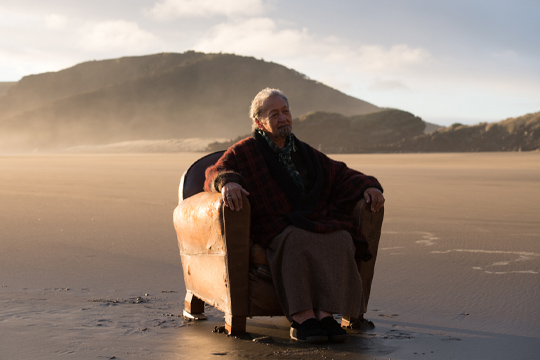
Protecting New Zealand takes everyone
Dear Aotearoa, Dear Home, with every turn of the tide, every seam of the seasons, look around at all we have, this plentiful way of life. This fragile place is all we've got. Its vulnerable to pests and diseases, so we must guard as if our way of life depends on it. Look after it, protect it. Aotearoa This Is Us.
Te Hei Tamaariki is our Kuia and central character in Ko Tātou This Is Us video. Te Hei is a real New Zealander, not an actress, and her story is real too.
Pests and diseases impact us all
They can affect:
Our kai (food), wai (water) and crops
The diversity and quality of what we grow and eat.
Our livelihoods and economy
Including all types of primary producers, exporters and tourism.
Our whenua, moana, wai Māori and way of life
Making our parks and rivers impassable and beautiful landscapes unrecognisable. As well as being a risk to our taonga native plants and animals.
There are over 60 listed priority pests and diseases known to potentially cause serious harm to our country.
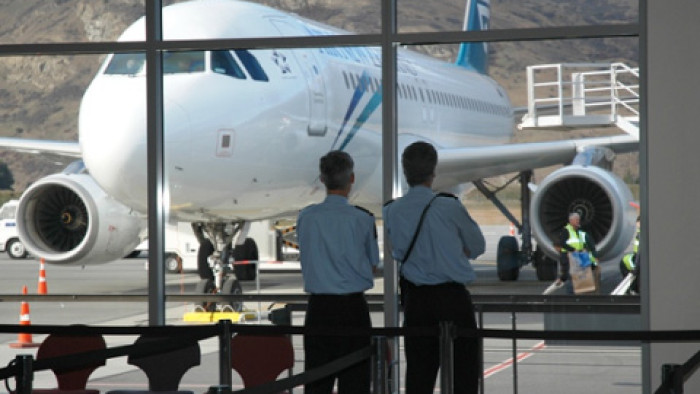
Keeping foot-and-mouth disease out of NZ
Foot-and-mouth disease (FMD) is in many countries. If it were to arrive in New Zealand, it would come in on animal products, clothing and shoes, and equipment. Read more about how you can help to keep it out.
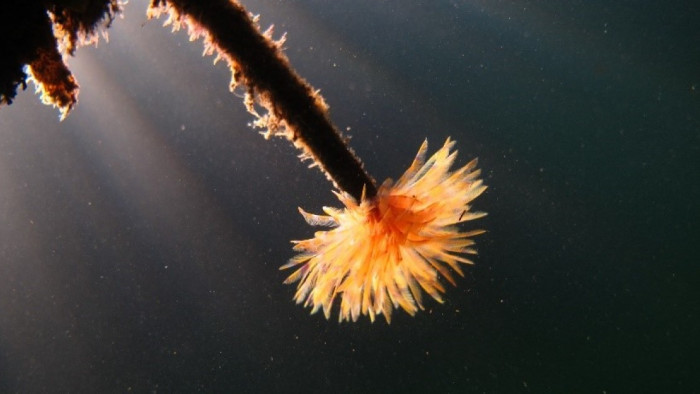
Being aware of biosecurity risks
We can help protect New Zealand from pests and diseases by knowing the signs and symptoms to look out for. Learn more about priority pests and diseases.
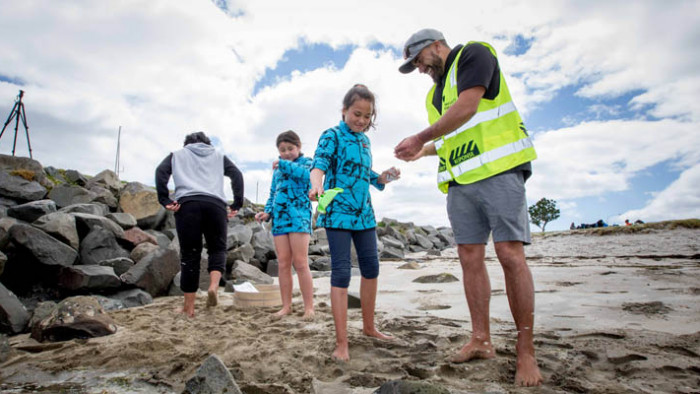
Explore biosecurity in your region
Biosecurity risks differ between regions. You can play your part by being aware of risks in your neighbourhood and how they are being managed.
What you can do to help
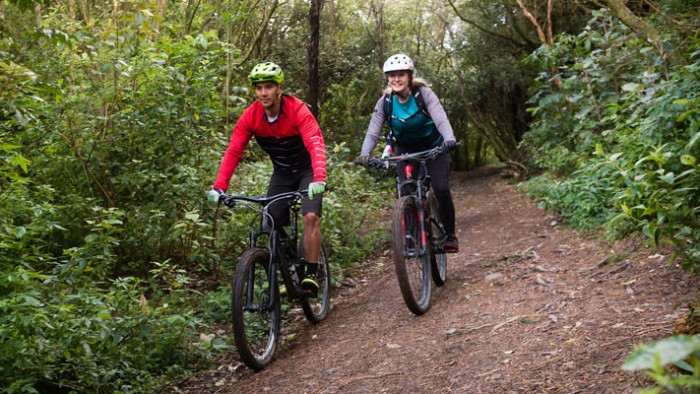
Biosecurity for walking, camping and biking
Protecting our bush and forests from pests and diseases.
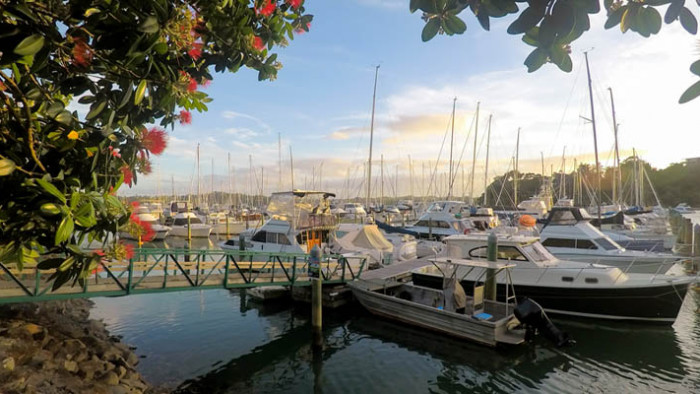
Biosecurity for boating and water activities
Protecting our seas, rivers and lakes from pests and diseases.
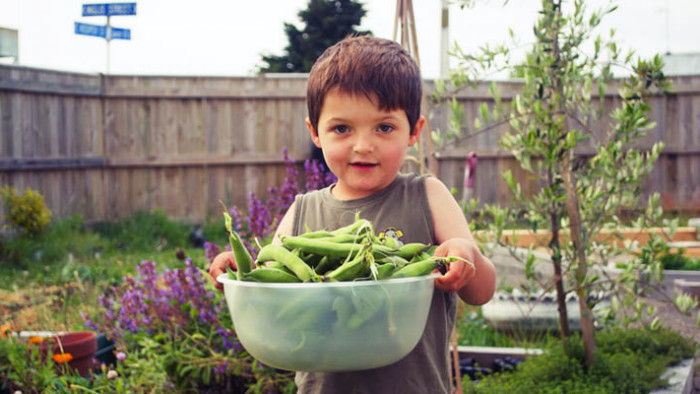
Biosecurity at home
Everyday practices to help protect our homes from pests and diseases.
News and stories about the impact of biosecurity
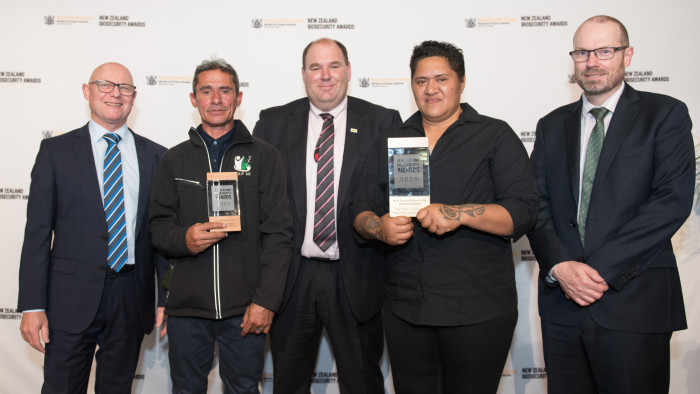
News
New Zealand Biosecurity Awards 2024 winners announced
Two New Zealanders who’ve used their unique skills to help fight the exotic caulerpa seaweed are this year’s Biosecurity Awards Supreme Winners, says Biosecurity Minister Andrew Hoggard.
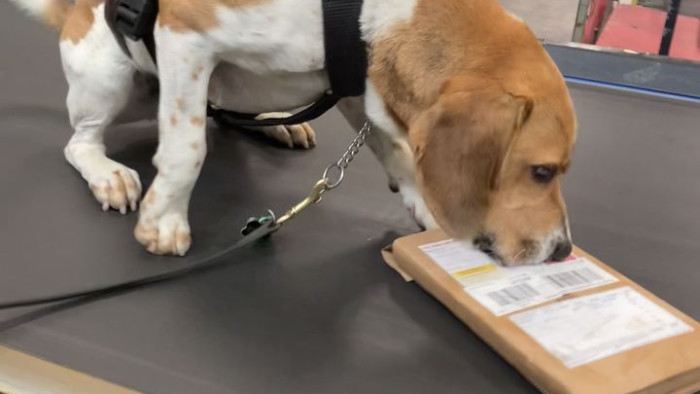
Story
Spotlight on a Pledge member: NZ Post – on the frontline of biosecurity
With biosecurity threats increasing at the border, NZ Post’s International Mail Centre (IMC), has a critical role to play alongside Biosecurity New Zealand (BNZ) in preventing the introduction and spread of harmful organisms in New Zealand.
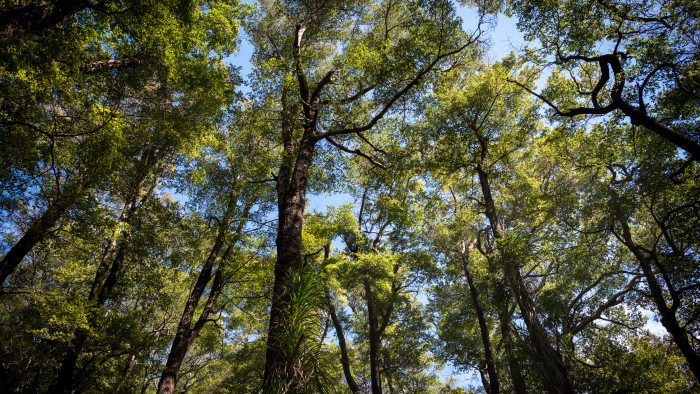
News
New Zealand Biosecurity Awards finalists keeping New Zealand safe from pests and diseases
The New Zealand Biosecurity Awards finalists have been announced and highlight the inspiring and diverse biosecurity activities that are happening across New Zealand.
